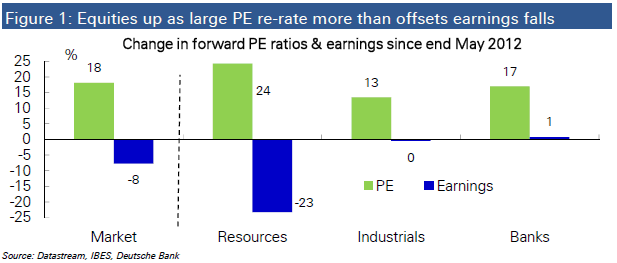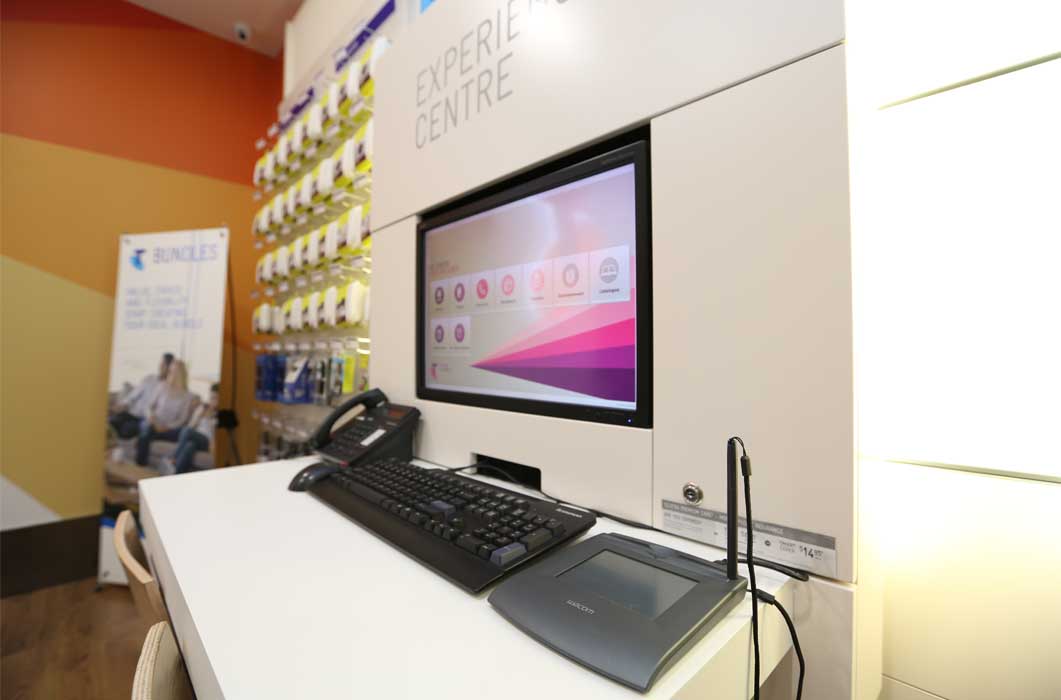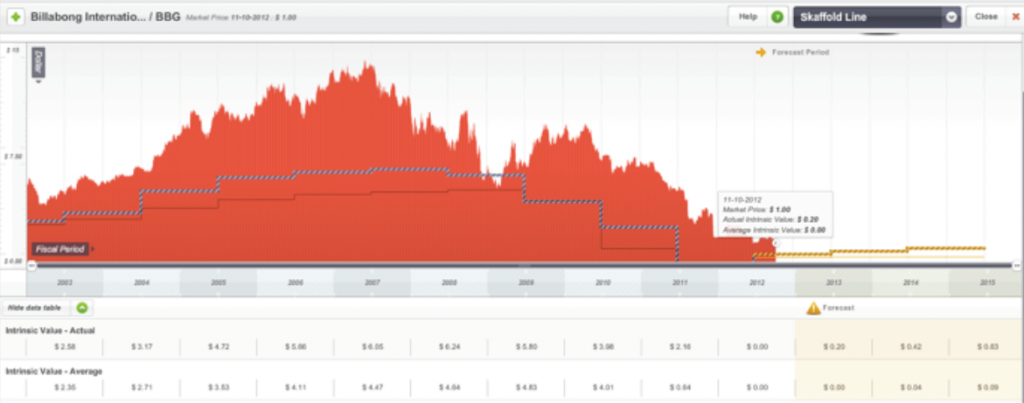Insightful Insights
-
Waiting on Earnings Growth
David Buckland
October 17, 2012
Since June 2012, the ASX 200 Index has risen from a low of 4,000 points to the current 4,500, despite the deteriorating global growth outlook. In a research paper from the Strategist at Deutsche Bank, Tim Baker points out this 12.5% rally is based on a 20% expansion in the Australian prospective PE ratio from 10.7X to 12.8X over this period. In fact forecast earnings over this period has declined by 8% while the Resource Sector has recorded a 23% decline in its forecast earnings. The ratio of downgrades to upgrades is running at 2 to 1. Despite brokers using the Earnings Yield (7.8%) to Bond Yield (3.0%) Gap (4.8%) as an argument to buy the market, earnings growth will need to come through at some stage for the rally to continue.
by David Buckland Posted in Insightful Insights.
- 6 Comments
- save this article
- POSTED IN Insightful Insights
-

MEDIA
What is Russell Muldoon’s outlook on Commodities?
Roger Montgomery
October 17, 2012
Do CSL (CSL, Silverlake (SLR), FKP (FKPDA), Breville Group (BRG), Codan (CDA), QBE Insurance (QBE), NAB (NAB), Wesptac (WBC), AMP (AMP), ALS (ALQ), Prima (PRR), Rio Tinto (RIO), Lynas (LYC), or Mesoblast (MSB) achieve the coveted A1 grade? Watch this edition of Sky Business’ Your Money Your Call 17 October 2012 program now to find out, and also learn Russell’s insights into the commodities sector. Watch here.
by Roger Montgomery Posted in Companies, Financial Services, Insightful Insights, Intrinsic Value, TV Appearances.
-

Iluka confirms all our fears…
Roger Montgomery
October 16, 2012
Didn’t think a free blog could be a valuable use of your time?
Back on 13 July 2012 (read here), we warned that Iluka Resources announced their 2012-2014 Key Physical and Financial Guidance previously released in February 2012 was “now redundant and as such no longer applicable”. Management had said volumes for the December 2012 half-year were indicating “lower ordering patterns or an unwillingness to commit to volumes except on an “as needed” basis”.
As with other miners described here at the blog over the last year, the boom appeared to be over and reports were confirming our earlier appraisal of the likely impact from a China – led slowdown. Iluka’s exposure is both direct and indirect and the grim conditions were confirmed yesterday with the release of the Iuka Resources September Quarterly report. Combined sales volumes of zircon, rutile, synthetic rutile and ilmenite at 306,300 tonnes, were down 29% on the September Quarter 2011. Revenue at $225m was down an extraordinary 58% from $533m recorded in the September Quarter 2011. This means the average selling price for Iluka’s mineral sands declined by 41% year on year. In response, the Iluka share price fell 6.6% to $9.00 and is back to trading where it was in February 2011. Essential reading indeed.
by Roger Montgomery Posted in Companies, Insightful Insights.
- 3 Comments
- save this article
- POSTED IN Companies, Insightful Insights
-
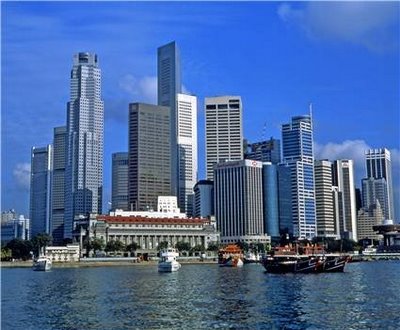
Singapore 1, Australia Nil.
Roger Montgomery
October 15, 2012
The front page of Today’s Fin Review reports that Australia is losing ground against Asian competitors in its plan to be a ‘financial hub’.
As many of you know I reported here back in July after my visit to Singapore that Australia has zero chance of being a financial hub. A “hub” must be at the centre of a wheel to work. Geographically Australia is about as much a hub as a cul de sac is a junction. Australia is geographically disadvantaged. Its is far from everywhere.
As a result Australia must do even more than its neighbours to encourage immigration of the best and brightest. Its must be more generous with its tax structure and it must do more than its neighbours in innovating the education system.
But the fact that Australia is losing the ‘financial hub’ race is a reflection of so much that is wrong with the management of our many amazing resources.
Australia lost its chance to be a financial hub and in fact advertised to the world that it didn’t want to be, years ago, when Deutsche Bank offered to set up its Asian Headquarters here but requested tax concessions. The government – in its typically big picture, long term thinking – was not forthcoming.
Australia cannot and and will not become a financial hub of Asia because it missed its chance.
Any visitor to Singapore can see why no large global and profit-motivated financial institution would leapfrog Singapore to set up in Australia. And its not just because their press is controlled and their political system stable. First, their tax structure is much more attractive (it can be), secondly; labour can be supplied at very cheap rates (another by-product of geographic proximity to cheap sources) allowing full time focus on more productive and higher value endeavours. Third, disincentives such as high taxes on motor vehicles (The COE renders a VW Polo ($19,000 in Oz) a $120,000 car in Singapore) and levies on locals visiting the two casinos has allowed the government to fund the build of one of the world’s most efficient and attractive mass transit systems and now serious dollars are being tipped into the development of an underground road network. Singapore will have built a complete underground road network, a secure, safe, attractive and expanding mass transit system while Sydney will still not have solved congestion on the spit bridge.
Singapore is getting things done and that’s the fourth thing that attracts competitively minded organisations.
This paragraph from Singapore’s Tax Portal tells the story of how they are encouraging new businesses to set up, to innovate and to create jobs.
“The tax exemption scheme for new start-up companies was introduced in Year of Assessment (YA) 2005 to support entrepreneurship and to help our local enterprises grow.
Under this scheme, a newly incorporated company that satisfies the qualifying conditions can claim for full tax exemption on the first $100,000 of normal chargeable income* (excluding Singapore franked dividends) for each of its first three consecutive YAs.
Starting from YA 2008, a further 50% exemption is given on the next $200,000 of the normal chargeable income* (excluding Singapore franked dividends) for each of the first three consecutive YAs.”
So a new business gets a tax holiday on the first $100,000 of profit for the first three years and the next $200,000 is taxed concessionally. Thats up to $900,000 of seriously low tax rates over three years.
Expats in Singapore enjoy cheap airfares to Thailand, Malaysia, Bali, Cambodia and many other exotic locations and this is an appealing benefit for large corporations to consider when relocating staff.
We need leaders in Canberra not politicians. We have so much to offer and yet we are dropping the ball. The 24-hour news cycle ensures that Canberra is distracted from the main game by things of vanity and childish pride rather than enduring changes of long term strategic significance. A hundred years ago our leaders didn’t have to worry about their every utterance being plastered on the front page or on that evening’s news, or if it was, not too many were going to see it or hear about it anyway. They could focus on managing the country and had the space to think strategically.
Today, both major parties send teams of researchers to America not to discover secrets of productivity or tax efficiency but to learn and import the latest smear techniques to apply against their opponents. With the media reporting every utterance, we are systematically destroying our global competitiveness and this will cost our children dearly. The 24-hour news cycle produces pandering and has resulted in the tail wagging the dog and I for one am tired of it. The main game has become managing the media image not managing the country.
The government talks of improving productivity but instead we ensure low productivity and woeful innovation will be entrenched for years. We only need to look beyond the tax structure to the education system, as well as the distraction of teachers by the online comparison of school performance (something Singapore is dismantling after 20 years), to see that not much will improve in the foreseeable future. Our tax system stifles innovation and entrepreneurship and ensures the best and brightest export their ideas, their job hires and their business and revenue growth to Silicon Valley or Asia. Our public education promotes mediocrity and offers few opportunities for the brightest kids. Pecking orders among trenched teachers crush the enthusiasm of the new system ensures there will be no innovation in the tax system.
If we are serious about the future of our country much needs to change. But it is not happening because our leaders are not leading. They’re wasting our time and theirs and undeserving of our trust. What parent would point to a politician and tell their child; “if you work hard and study, you could be one of them one day”. The reputation of the office has been tarnished because it is ineffective.
Singapore 1, Australia Nil.
by Roger Montgomery Posted in Insightful Insights.
- 12 Comments
- save this article
- POSTED IN Insightful Insights
-

MEDIA
Seeking Healthy Results for All
Roger Montgomery
October 13, 2012
Roger discusses his best picks in the healthcare sector in his Australian article published on 13 October 2012. Read here.
by Roger Montgomery Posted in Health Care, In the Press, Insightful Insights.
- save this article
- POSTED IN Health Care, In the Press, Insightful Insights
-
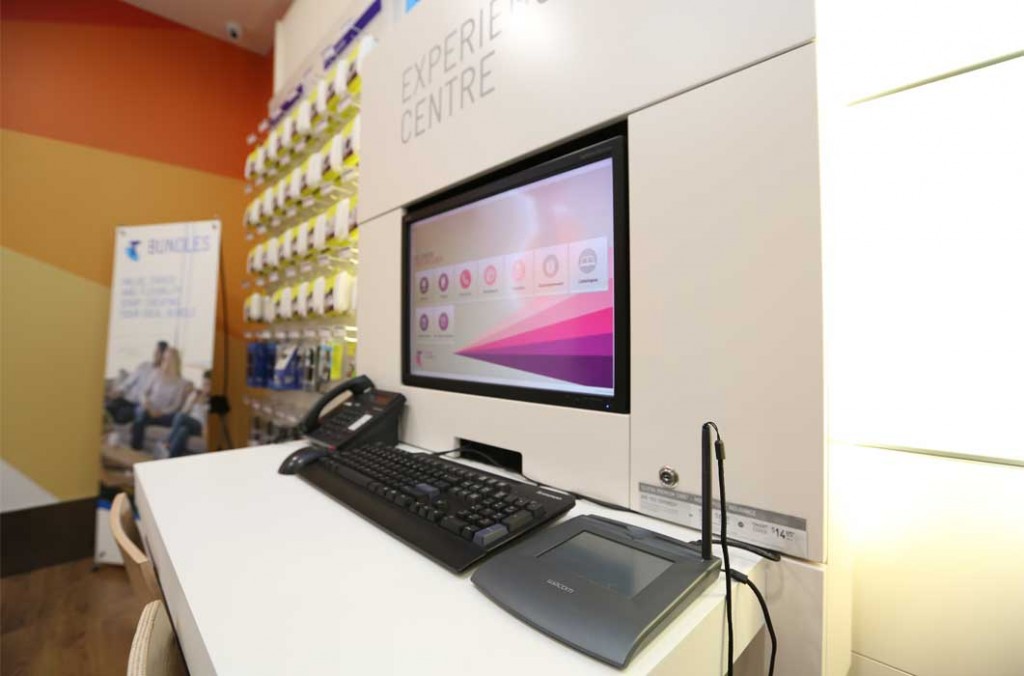
Vita Group Investor Report
Roger Montgomery
October 13, 2012
Here at the insights blog we like to encourage deep thought and facilitate genuine community. To that end we have been thinking carefully about how we publish Harley’s research report on Vita Group – or should I see ‘tome’. Its great and we really appreciate Harley’s work. I think you will too. We have resolved to produce a pdf for you to download and read at your leisure. Harley, well done and keep them coming. We now have a system and process for publishing your reports. If anyone else would like to share their research with the tens of thousands of unique investors who visit the Insights Blog each week and the hundreds of thousands who visit each month, including CEO,s planners, advisors and fund managers, then feel free to submit your reports to Feedback & Support.
by Roger Montgomery Posted in Consumer discretionary, Insightful Insights.
-
Did TPG take a look at Skaffold?
Roger Montgomery
October 12, 2012
On Friday TPG pulled their offer for Billabong. We have written about Billabong extensively here at the Insights blog and while TPG pulling out may come as a surprise to many investors and commentators, that’s not the case here.
Skaffold has had BBG sub-investment grade since June 2011 – eighteen months and worse, its earnings, return on equity and intrinsic value have been in decline since 2007.
TPG have made a sensible decision irrespective of whether it was their own decision influenced by the loss CVC are taking on Nine or by investors suggesting they might not support the next fund if TPG proceed.
Fig 1. Billabong Intrinsic value Chart (Courtesy: Skaffold.com)
Perhaps if CVC had Skaffold when they bought Nine they might have been in a different position today.
Bottom line, the higher the price you pay, the lower your return. BBG reported equity of $1 billion in June this year and it is forecast to earn just 3.47%. A decent return at present rates of earnings could only occur if the purchase price was a third of the equity (and that’s excluding hundreds of millions in debt), which is about $315 million.
TPG weren’t proposing to pay $315 million, they were proposing to pay $694 million! The higher the price you pay, the lower your return. You can see in Figure 1 that the intrinsic value is not only substantially lower than the current price, but it has been in decline since 2007. We prefer businesses with rising intrinsic values – they’re the ones that are easier to sell at a profit down the track.
Now two bidders have walked away after seeing the books. What could small share market investors know (that private equity does not) that warrants their confidence to purchase shares? We reckon some of them might be mistaking speculation for investing. Thanks Skaffold.
by Roger Montgomery Posted in Insightful Insights, Intrinsic Value, Manufacturing.
-

Is there a ‘floor’ under the gold price?
Tim Kelley
October 11, 2012

Since 2001, the gold price has risen from below $270/oz to almost $1800/oz – a compound growth rate of around 17% p.a. which has made it one of the most rewarding assets to hold over that period. The majority of commentators now seem to be born-again gold bulls, with ever increasing long-term price targets being put forward, justified by gold’s status as an alternative currency in a time of economic uncertainty and unlimited quantitative easing.
While we can’t see a reason for gold’s run of strength to end in the short term, we are mindful of the long-term downside risks that attach to such a strong rise in price for an asset that does not produce income. Following a spectacular run between 1970 and 1980, it is worth noting that gold lost over 80% of its value in real terms during the following 20 years.
by Tim Kelley Posted in Energy / Resources, Insightful Insights.
-
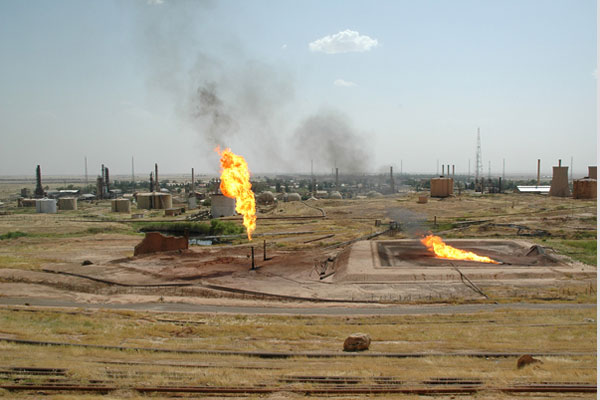
Iraq’s news is not all bad
David Buckland
October 11, 2012
According to the International Energy Agency (IEA), Iraq’s oil exports for the month of September 2012 hit 2.6m barrels of oil per day, the highest level in more than thirty years.
The IEA expects Iraq to more than double its oil exports by 2020 to 6m barrels of oil per day. At the current price that is export revenue of US$200 billion per annum.
Iraq’s official target is for exports of 12 million barrels of oil per day. Comments from the contracted producers, Royal Dutch Shell, BP, Exxon Mobil, Lukoil and CNPC from China, in terms of the potential doubling or quadrupling of Iraq’s oil exports over this decade will be worth following.
by David Buckland Posted in Energy / Resources, Insightful Insights.
-

MEDIA
What are Tim Kelley’s insights into the Australian Banks?
Tim Kelley
October 10, 2012

Do Ten Network (TEN), Seven West Media (SWM), Aurora Oil (AUT), Origin Energy (ORG), Santos (STO), Cedar Woods (CWP), Slater and Gordon (SGH), IMF (IMF), Roce Oil (ROC), The Reject Shop (TRS), Challenger (CGF), Bluescope (BSL) or Adelaide Brighton (ABC) achieve the coveted A1 grade? Watch this edition of Sky Business’ Your Money Your Call 10 October 2012 program now to find out, and also hear Tim’s thoughts on the big Aussie banks. Watch here.
by Tim Kelley Posted in Companies, Financial Services, Insightful Insights, TV Appearances.
